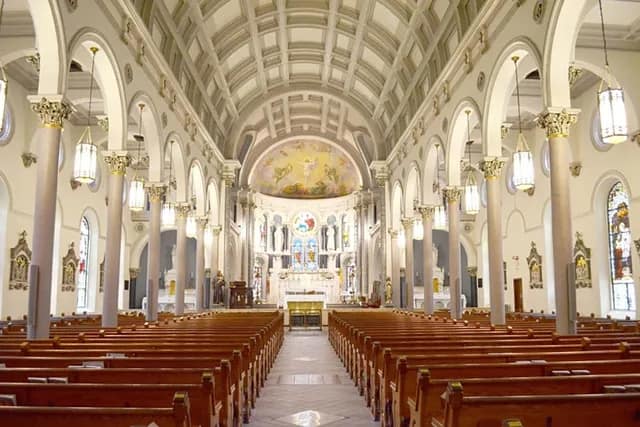Religion has played a fundamental role in the development of Houston, influencing not only its communities but also its architecture, culture, and identity. The diverse religious landscape of the city mirrors the multicultural makeup of its residents, fostering unity, charity, and civic engagement. From historical congregations to modern-day mega-churches, religion continues to shape Houston’s neighborhoods, creating a sense of belonging and shared values among its people.
Historical Religious Foundations: Early Churches and Immigrant Communities
Religion arrived in Houston with its early settlers. In the 19th century, Protestant congregations – such as Methodists, Baptists, and Presbyterians – began establishing the first churches in the area. These churches were not just places of worship; they served as community centers and meeting places, where new immigrants found support and fellowship.
Immigrant groups also introduced their religious practices to Houston’s landscape. Catholic and Jewish communities formed congregations that reflected their European heritage. Annunciation Catholic Church, founded in 1869, became a center for Houston’s Catholic population, while Congregation Beth Israel, established in 1854, was the city’s first Jewish synagogue, emphasizing the role of religion in cultural preservation.

The Rise of Mega-Churches and Their Impact on Suburban Growth
Houston is known as a hub for mega-churches, which began to emerge in the 20th century and have continued to grow. Lakewood Church, led by Joel Osteen, exemplifies this trend. As one of the largest congregations in the United States, it draws tens of thousands of attendees weekly and broadcasts its services worldwide.
The rise of such large churches has had significant social and economic impacts on the city. Many mega-churches contributed to suburban development, offering educational programs, sports facilities, and charitable outreach, attracting families to settle in nearby neighborhoods. Churches like Second Baptist and the Woodlands Church have built sprawling campuses that serve as community hubs, demonstrating the role of religion in suburban planning and growth.


Religion’s Role in Social Change and Civic Engagement
Beyond spiritual guidance, religious institutions in Houston have taken an active role in social change. Churches and synagogues were deeply involved in the Civil Rights Movement, with many hosting meetings and rallies advocating for equality. The influence of Black churches, in particular, was pivotal. Organizations like the Antioch Missionary Baptist Church provided leadership and a space for organizing boycotts, protests, and marches.

Religious groups also lead efforts to support the city’s vulnerable populations, offering food programs, homeless shelters, and disaster relief. During Hurricane Harvey, numerous churches opened their doors as shelters and mobilized volunteers to assist in recovery efforts, reinforcing their central role in community welfare.
Religious Diversity and Its Influence on Houston’s Culture
Houston’s religious diversity continues to grow with new immigrant populations. Today, the city is home to mosques, temples, and churches representing Hinduism, Buddhism, Islam, and more. This pluralism is visible in the vibrant celebrations of different faith traditions, such as Diwali, Ramadan, and Passover, fostering cultural exchange and mutual respect among residents.
Neighborhoods such as Alief, with its high concentration of immigrants, showcase how religion influences both community identity and local culture. Mosques, Hindu temples, and Vietnamese Catholic churches coexist, creating a dynamic and inclusive environment where religious diversity thrives.
